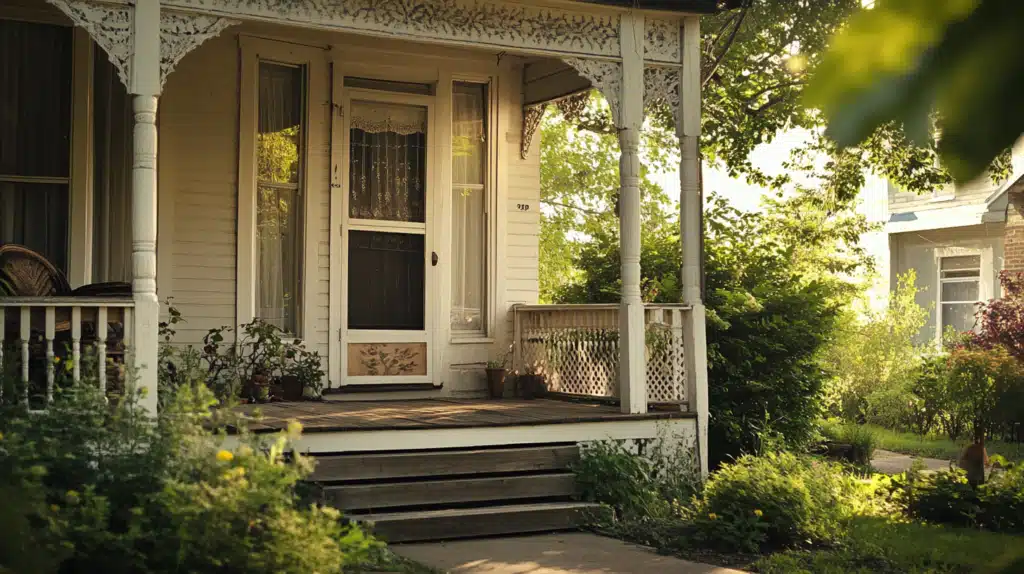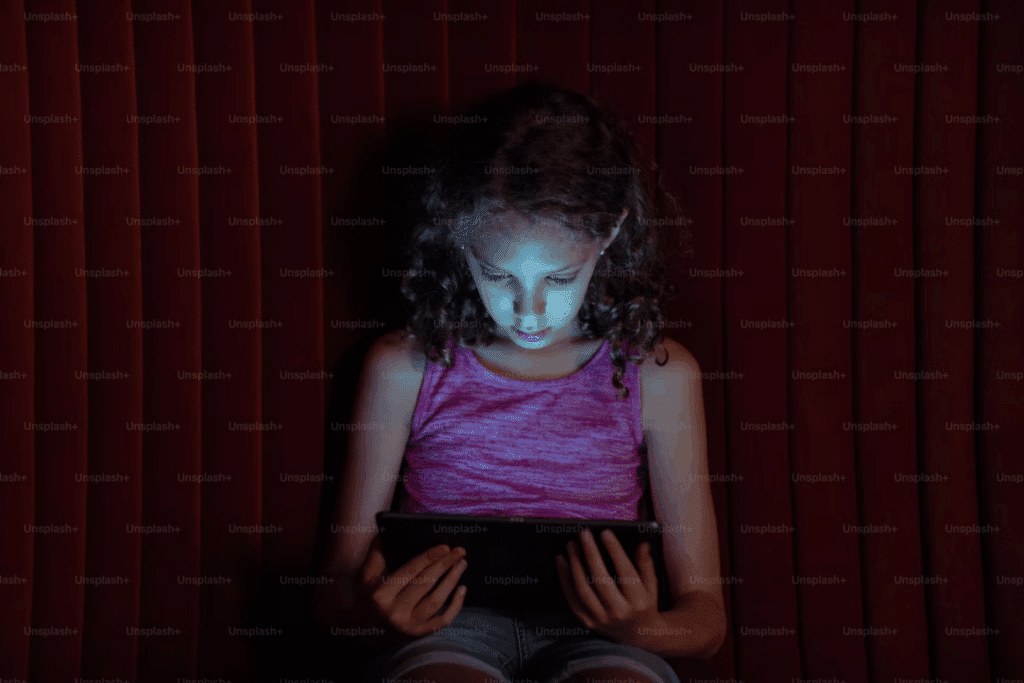Remember when front porches weren’t just architectural features but living rooms with a view? Places where kids played with sidewalk chalk and adults sipped iced tea, catching up on neighborhood news. The porch was more than just a place to kick off your shoes—it was a platform for connection, laughter, and spontaneous joy that made communities feel like family.
In today’s fast-paced, screen-driven world, we’ve retreated indoors and into ourselves. But what if we brought back the porch—not just as a physical space, but as a mindset? What if we used our front steps, driveways, and sidewalks to reintroduce the spirit of playful connection that’s been missing for far too long?
Let’s talk about how to turn our homes back into hubs of joy, curiosity, and togetherness—no massive events or expensive renovations required—just you, your porch, and a little intention.
Why the Porch Still Matters
The porch was historically a bridge between the private world inside and the public world outside. It allowed you to be “out” without going far, to engage without a formal invitation. That in-between space allowed us to smile at a passerby, wave to a neighbor, or strike up an impromptu conversation. It was a connection—unstructured and delightful.
In modern neighborhoods, that kind of interaction is rare. Many of us barely know the names of the people living two doors down. But studies show that regular social interaction—even casual—can improve mood, reduce stress, and even increase lifespan. That means that something as simple as spending time on your porch could contribute to a healthier, happier life.
Bringing Back Porch Culture, One Step at a Time
Reclaiming the porch doesn’t mean transforming your home into a 24/7 block party. It starts with small acts that say, “We’re here. We’re open. Come say hi.”
1. Be Visible and Approachable
If you want to encourage connection, you need to be seen. Sit out on your steps with a book. Water your plants in the morning. Blow bubbles with your kids in the afternoon. These little moments of visibility create opportunity—neighbors feel more welcome to say hello or chat when they see you regularly.
Try adding a touch of whimsy to your space: colorful cushions, twinkly lights, or even a “Hi, Neighbor!” chalkboard sign can signal friendliness without a word.
2. Start a Porch Ritual
Establish a ritual that invites connection and makes your porch a gathering point. Maybe it’s:
- Lemonade Fridays: Set out a pitcher and disposable cups and invite passersby to stop for a sip.
- Sunset Watch Parties: Head outside each evening with your beverage of choice and enjoy nature’s closing act.
- Book Basket Shares: Place a basket of free books on your porch for neighbors to borrow and swap.
Porch rituals don’t have to be elaborate—they must be consistent enough to become a known rhythm in your street’s day-to-day life.
3. Host a Porch Pop-Up
Looking to take things up a notch? A porch pop-up is a mini event that invites neighbors to stop by and engage. Here are a few playful ideas:
- Sidewalk Art Gallery: Set out chalk and let kids (and grown-ups!) create their masterpieces.
- Mini Music Night: If you play an instrument, host a short, casual performance from your porch.
- Front-Yard Game Day: Set up cornhole, giant Jenga, or ring toss and invite neighbors to join.
These low-pressure gatherings encourage laughter and conversation and help break the ice for neighbors who don’t know each other yet.
Reaching Beyond the Porch: Community-Fueled Fun
You might start dreaming bigger once you’ve sparked a little neighborly magic. What if your whole block embraced porch culture? What if your neighborhood had its own “porch crawl,” with each house offering a treat, a game, or a story? What if this energy spread to nearby parks, schoolyards, or community centers?
One great place to look for inspiration is within local faith-based communities. Many churches already have the blueprint for fostering joyful, multi-generational connections. Activities like Sunday potlucks, outdoor concerts, or fellowship events model how shared space and play can build lasting bonds. You can explore this type of intentional community-building more through resources like this blog on church fellowship, which highlights how social connection is central to well-being and growth.
Even if you’re not religious, the spirit behind these gatherings—showing up, sharing stories, offering support—is something we can all bring to our porches and beyond.
When We Play, We Belong
What’s beautiful about porch culture is how inclusive it can be. There are no guest lists, RSVPs, dress codes, or awkward introductions. Whether hosting a bake sale for a cause, setting up a mini lending library, or simply saying hi to someone walking their dog, you’re creating opportunities for belonging. That’s powerful—especially in a world where loneliness has become a silent epidemic.
The best part? You don’t need to be a “people person” to start. You just need to be a “curiosity person”—interested in who your neighbors are, how they’re doing, and what joy you might discover together.
A Porch State of Mind
Not everyone has a literal front porch—and that’s okay. What matters is the porch state of mind: an openness to connecting with the people around you in small, authentic ways. Maybe your porch is a stoop, a balcony, a driveway, or a picnic blanket on your front lawn. Maybe it’s a community garden plot or a bench in a shared courtyard.
Wherever it is, let it be a place of welcome. A spot where connection feels effortless, and joy has room to grow.
The Joy is Right Outside
You don’t need to travel far or spend a dime to create magic moments. Sometimes, all it takes is stepping outside with an open heart and an extra chair. When we reclaim the power of the porch, we invite more fun, laughter, and community into our lives—and that’s something worth sitting down for.
So pour that lemonade, fluff those cushions, and wave hello. Your porch party is already underway.















